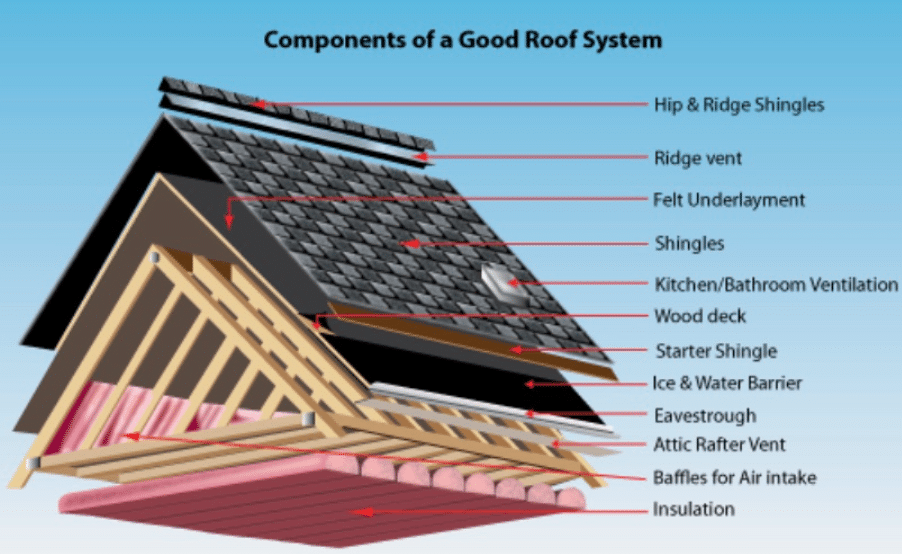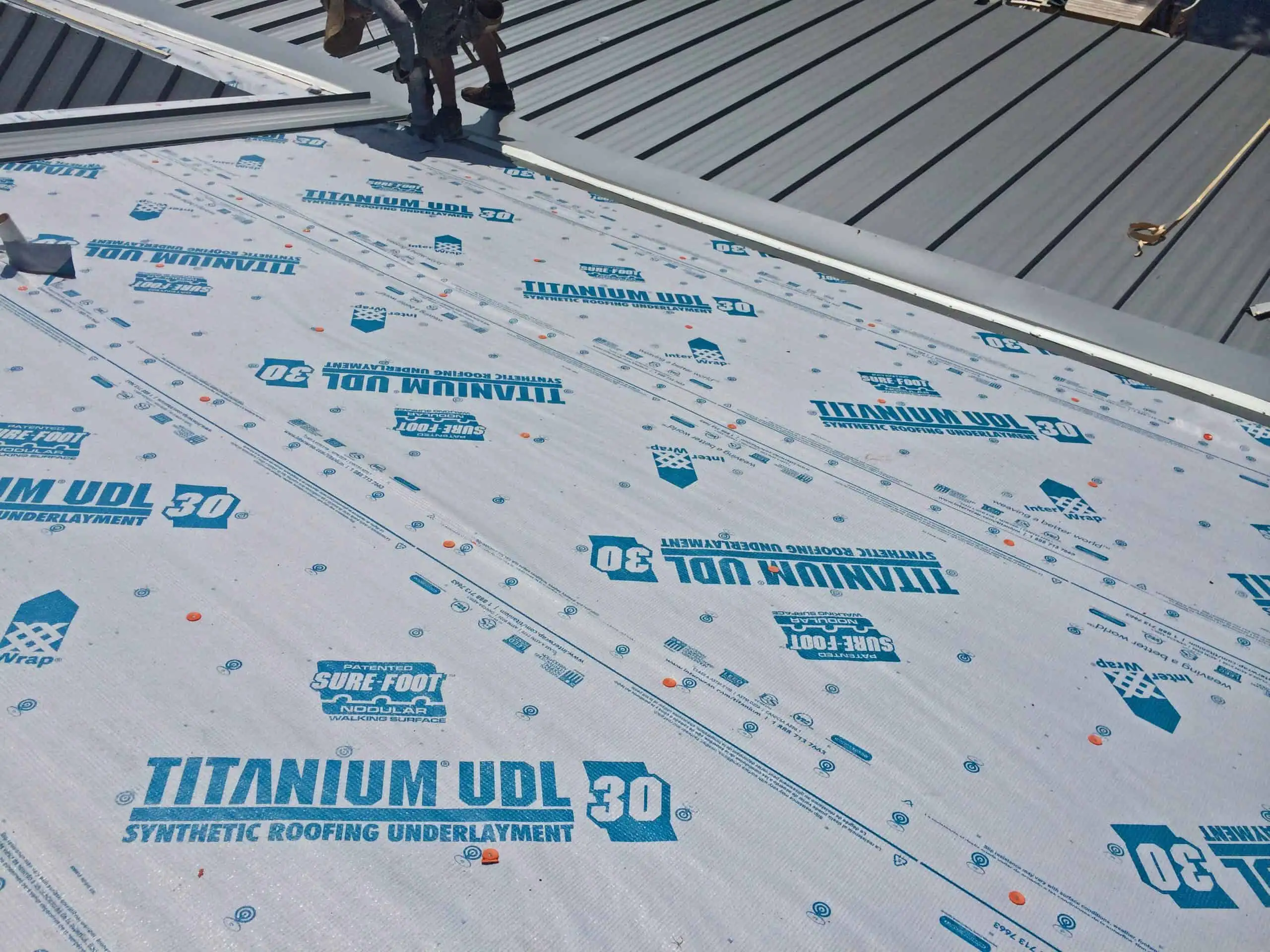By focusing on the essential aspects of roofing underlayment, this guide aims to empower homeowners with the knowledge needed to make a sound decision for their roofing needs. For personalized advice and professional installation, Aces Roofing is your trusted partner in the Comox Valley, BC.
When it comes to roofing, many homeowners focus primarily on the visible part: the shingles, tiles, or metal panels that shield their home from the elements. However, what lies beneath these materials is just as important. Roofing underlayment acts as a secondary barrier against water infiltration, protecting the structural integrity of your home. As roofing professionals here at Aces Roofing in the Comox Valley, BC, we understand the importance of selecting the right underlayment for your specific needs. Let’s delve into the various types of roofing underlayment and their benefits to help you make an informed choice.

1. Asphalt-Saturated Felt
Asphalt-saturated felt, commonly known as tar paper, has been a staple in the roofing industry for decades. It is composed of a base material (often organic or fiberglass) saturated with asphalt to make it water-resistant.
Benefits:
- Cost-Effective: Asphalt felt is relatively inexpensive, making it a budget-friendly option.
- Easy Installation: It is easy to install, which can help reduce labor costs.
- Breathability: Allows some degree of breathability, which can be beneficial in certain climates.
Considerations:
- Weight: It can be heavier than other types of underlayment.
- Durability: Not as durable as synthetic options, especially in harsh weather conditions.
2. Synthetic Underlayment
Synthetic underlayment is made from polypropylene or polyethylene and has gained popularity due to its enhanced performance characteristics.
Benefits:
- Durability: Highly resistant to tearing and other forms of damage.
- Lightweight: Easier to handle and install than asphalt felt.
- Water Resistance: Superior water resistance compared to traditional felt.
- Slip Resistance: Often features a slip-resistant surface, providing better safety for roofers.
Considerations:
- Cost: Generally more expensive than asphalt felt, though the benefits often justify the price.
- UV Resistance: Some synthetic underlayments offer better UV resistance, making them suitable for prolonged exposure before the final roofing material is installed.
3. Rubberized Asphalt
Rubberized asphalt underlayment combines asphalt with rubber polymers, creating a highly flexible and waterproof barrier. This type is often used in areas prone to ice dams and heavy rain.
Benefits:
- Waterproof: Offers excellent waterproofing capabilities.
- Self-Adhesive: Many rubberized asphalt products are self-adhesive, ensuring a tight seal around nails and fasteners.
- Flexibility: Remains flexible in a wide range of temperatures, reducing the risk of cracking.
Considerations:
- Cost: Typically the most expensive option due to its advanced features.
- Installation: Requires careful installation to ensure proper adhesion and performance.

Choosing the Right Underlayment for Your Home
When selecting the best roofing underlayment for your home, consider the following factors:
- Climate: Your local climate plays a significant role in determining the appropriate underlayment. For example, homes in the Comox Valley, BC, may benefit from rubberized asphalt underlayment due to its excellent waterproofing properties.
- Roofing Material: The type of roofing material you plan to use can influence your underlayment choice. For instance, synthetic underlayment is often recommended for metal roofs due to its durability and slip resistance.
- Budget: While cost is always a consideration, it’s important to weigh the long-term benefits of more durable and high-performance underlayment options against their initial expense.
- Building Codes: Ensure that your underlayment choice complies with local building codes and regulations.
Selecting the right roofing underlayment is a crucial step in ensuring the longevity and performance of your roof. By understanding the benefits and considerations of each type of underlayment, you can make an informed decision that best suits your home’s needs. If you have any questions or need professional advice, don’t hesitate to contact us at Aces Roofing. Our team of experts is here to help you choose the best underlayment for your roofing project and ensure a successful installation.
